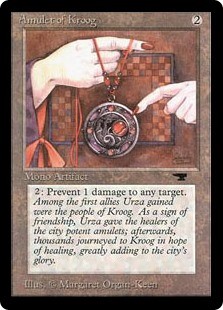I played a lot at IndieCON, in a relaxed way. This was a good example, a little bit of messing with my notes for Dreams of Fire. I didn’t film the session so the video is just me talking and thinking about it.
I’m enjoying working on a game with no deadline, as the pressure of contracted work has really gotten to me throughout the last year. A big part of Adept Play was supposed to be about finding the fun, rather than hyping the publishing. I promoted all that sort of thing at some other website for a while, after all.
It’s also a nice chance to show something I’ve been trying to emphasize for a while in consulting, that playing as part of design isn’t playtesting in the engineering or commercial entertainment sense of the word. It’s more like “play” in the direction-less and sensation-based sense, as a way to find what to think about next.
It’s not ready yet to see about the mechanics for the big magic in the game, which is heavily influenced by the Antiquities cards in early Magic: the Gathering, but I wanted to see how the more general matrix of setup and initiation of play felt. Fortunately, it was strong enough that we actually did get to the point where those magic mechanics would be needed, which is when I could say, “And that’s about as far as we get.”
The “maps” in the post title are mentioned in the video. I’m talking about maps of the city used as views through the family and professional backgrounds of the characters, and also about kinship maps used as casual in-play devices.
One thing we did that I forgot to mention in the video is Charm rolls. Anyone who’s played Circle of Hands has gnashed their teeth over Charm, which is easier than a lot of people seem to think, but can in fact be maddening sometimes, intentionally. I confess one small part of that is my evil way ot up-ending the long-standing tactic to avoid dice rolls as long as you keep blathering “what ho, good sir” at people.
Anyway, in Dreams of Fire, Charm takes over the role of Brawn in the former game, and its interactions are more nuanced. You can have opposed rolls in its own combat-like subroutine, although simpler (it’s not like Duel of Wits in Burning Wheel). It’s about getting what you want relative to how well you are regarded or how much they feel allied with those goals. I found that my first notes on the precise mechanic didn’t quite work – I wanted to use the Advantage die as in Circle combat, and it was overwhelming; you can’t lose. So I’ve tweaked it a little from there. That’s the part of the session which did accord with playtesting in the more usual sense.
[June 1: I had to re-do the video export & upload from scratch, plus an hour with the Adobe Premiere helpline for actual software issues, not user/me stupidity. But it’s done!]

